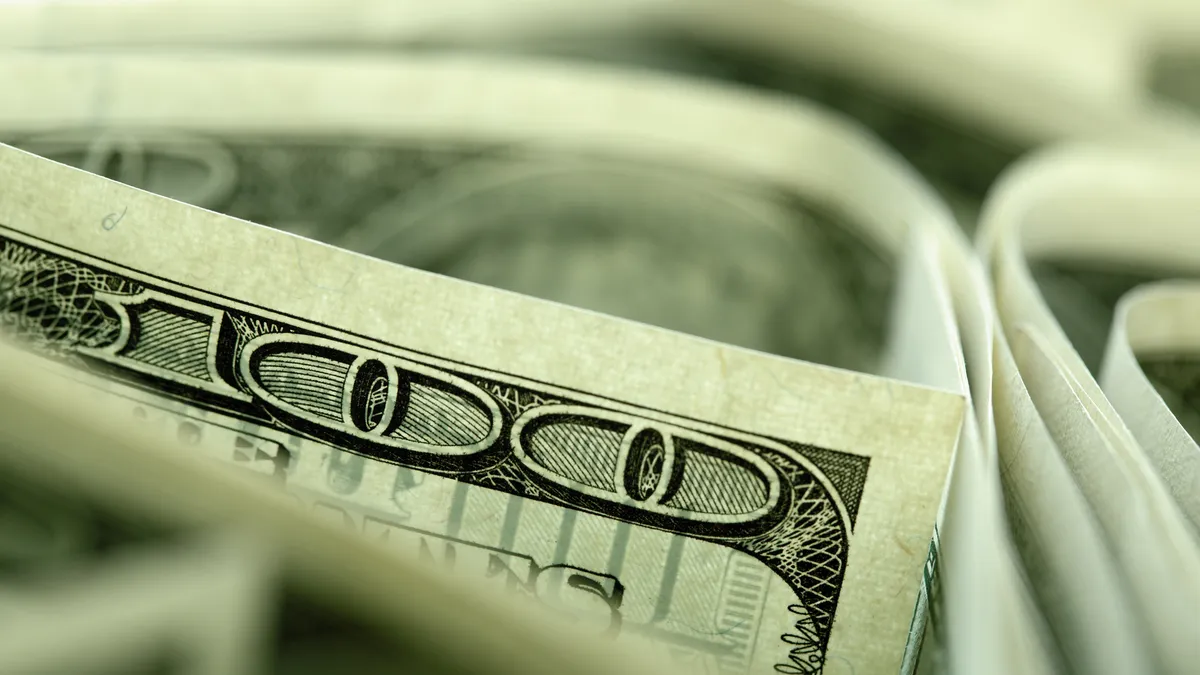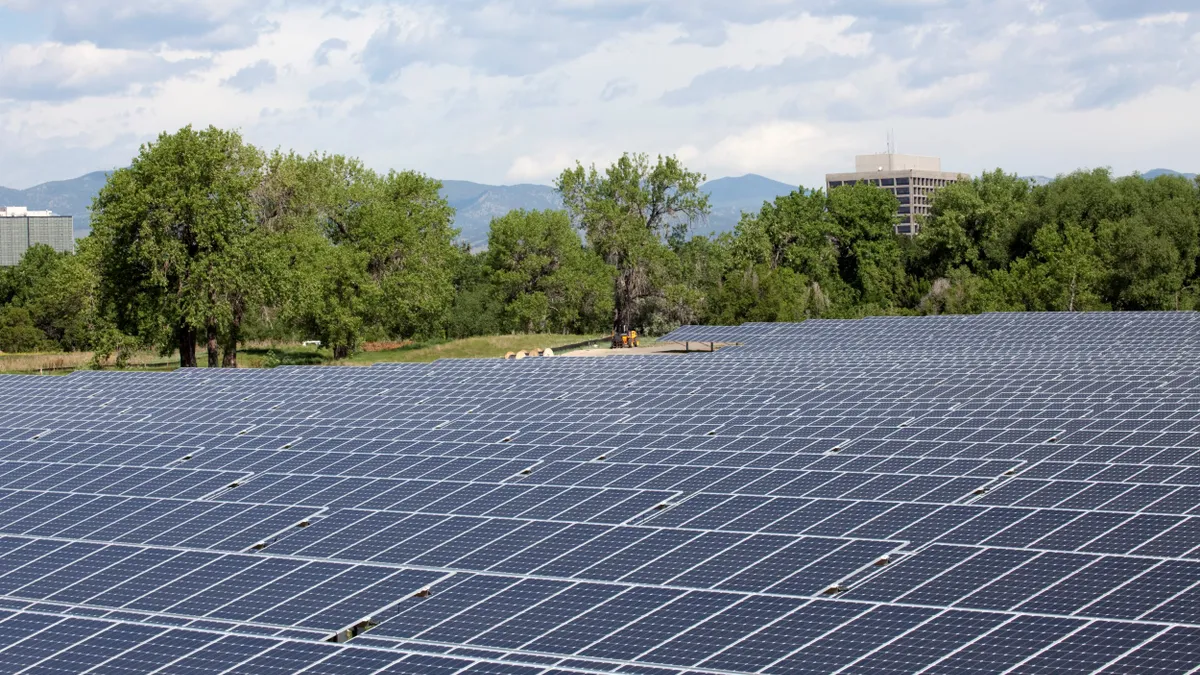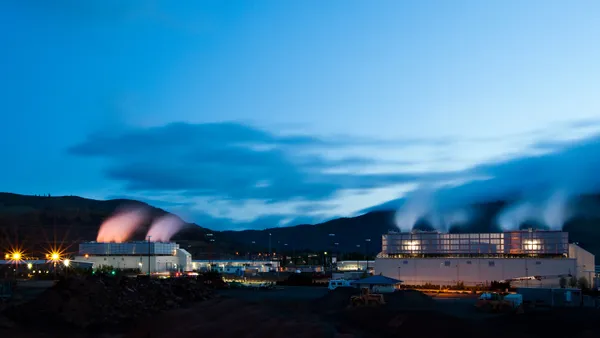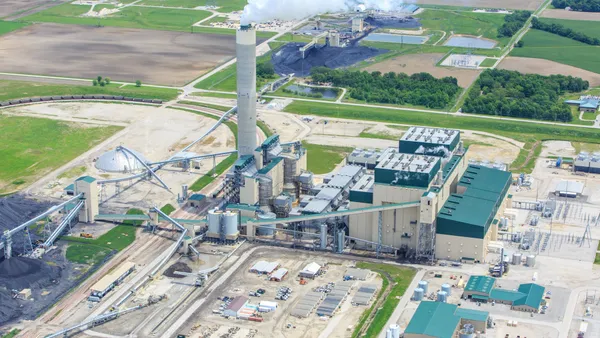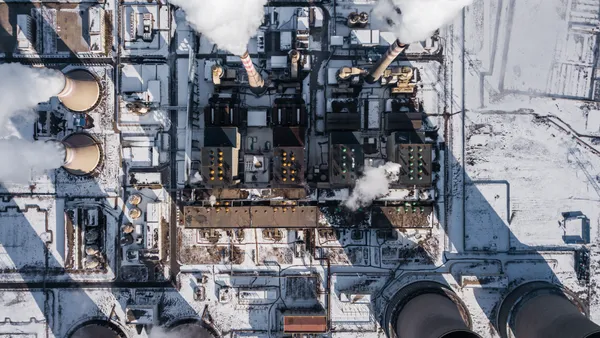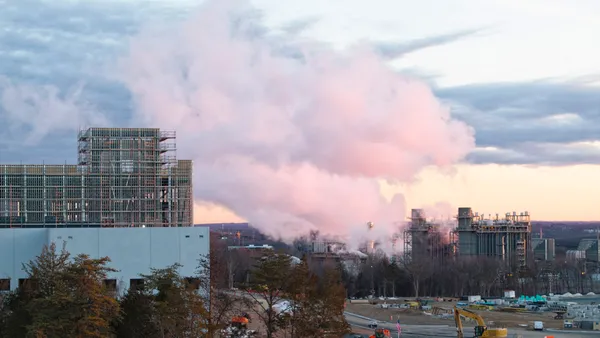Dive Brief:
- After two decades of growing electricity sales, residential demand has stagnated since 2010 — the result of energy efficiency, economic factors, self generation and weather changes.
- According to the U.S. Energy Information Administration, residential electricity sales per household declined 9% between 2010 and 2016.
- The agency said rapid growth of small-scale solar in Hawaii and California contributed to their recent declines in residential sales. On the other hand, residential sales in North Dakota grew by 12% from 2008 to 2014 in part due to income growth.
Dive Insight:
The reasons vary state to state, but overall the trend is clear: since 2010, electricity sales to residential customers have stalled.
Per capita residential electricity sales in 2016 ranged from a high of 6,619 kWh/person in Alabama to 1,828 kWh/person in Hawaii. "Although not every state reached its peak per capita residential sales in 2010, only nine states have exceeded their 2010 levels of per capita sales in any year since then," EIA said.
In some states, weather has played a large role. Southern states like South Carolina, Georgia, and Alabama had 25% to 30% fewer heating degree days in 2016 compared with 2010, and "each saw double-digit percentage declines in per capita residential electricity sales."
Energy efficiency investments are also playing a role. From 2013 to 2015, EIA estimated electric utilities, energy efficiency program managers, energy service providers and other entities provided an annual average of $3.92 i per person, in energy efficiency incentives per person. But those amounts vary wildly, state to state..
Data for the most recent years on direct investments in energy efficiency programs show annual residential energy efficiency spending per person ranged from about $18 in Massachusetts and Rhode Island to 4 cents in Alaska. The next data release of efficiency spending is expected in October.
Updated standards for heat pumps, air conditioners, and lighting are also reducing electricity use. In 2009, 58% of all households used at least one energy-efficient bulb indoors. In 2015, almost 90% of households reported using energy-saving lightbulbs.
In 2015, 3.7 trillion kWh of electricity was sold in the United States. EIA last year said it expects that figure to rise 0.7% annually through 2040, with growth slowed by a decline in energy intensity. The residential sector is currently the largest consumer of power in the U.S., but. commercial sales will top them by the early 2020s thanks to an 0.8% annual rise in sales.



